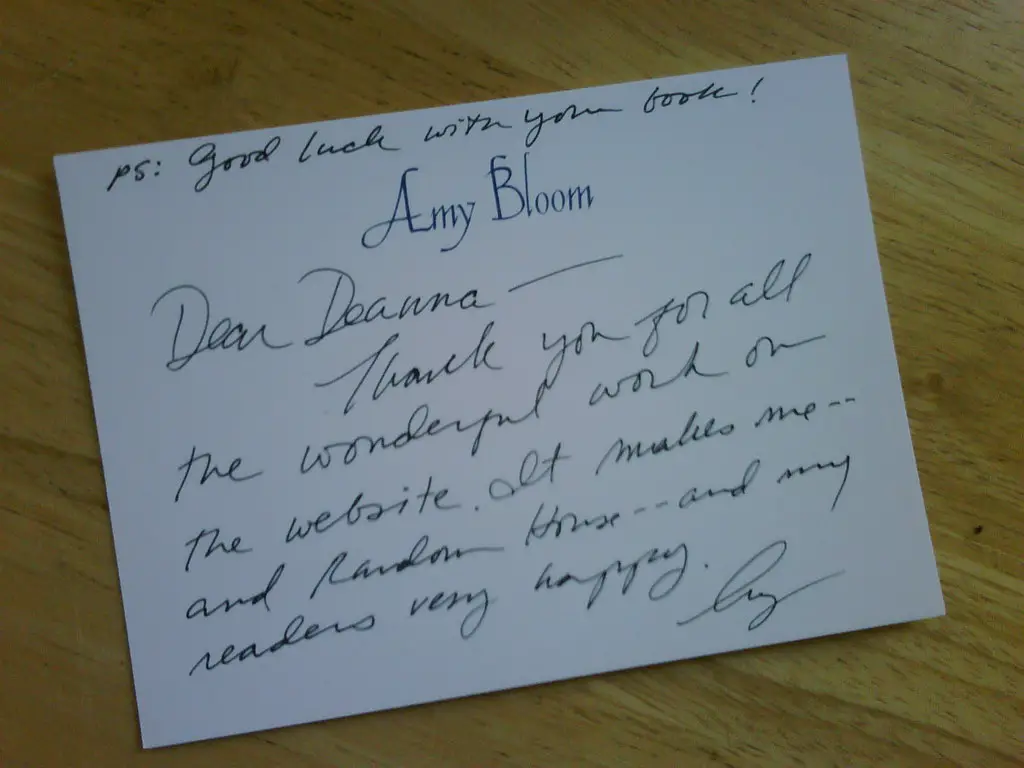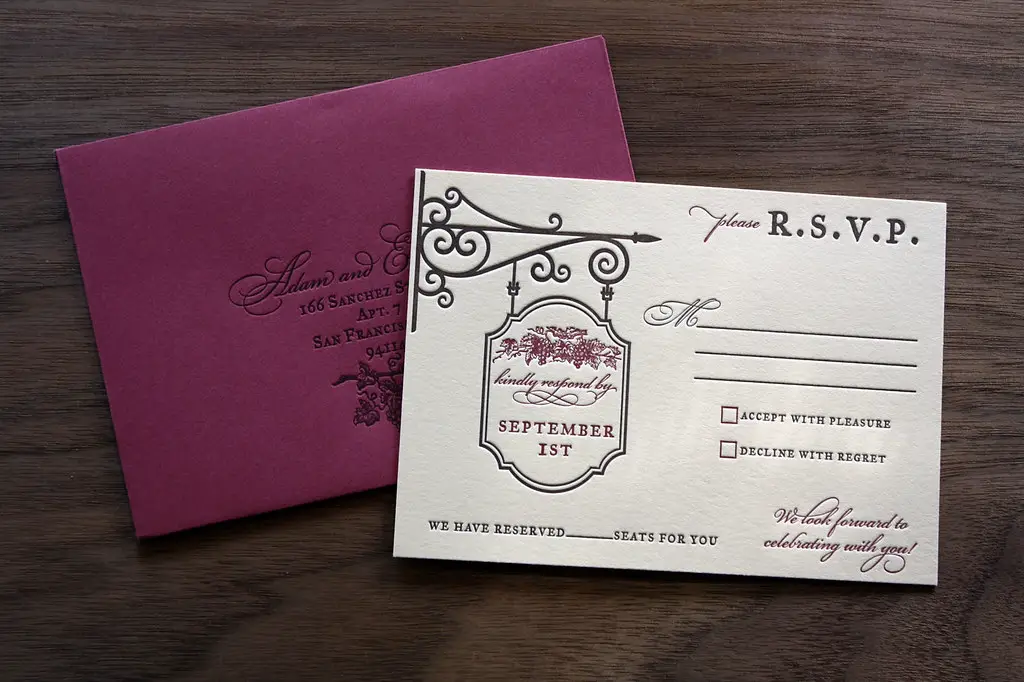Every generation has its own set of unwritten rules about how to behave at home. For Boomers, many of these customs were instilled from childhood and are seen as signs of respect and good manners. But for Gen Z, some of these traditions feel outdated, unnecessary, or even intrusive. Here’s a look at 14 home etiquette habits Boomers still swear by—but that younger folks often find more annoying than endearing.
1. Leaving Long Voicemails

Boomers often prefer to leave detailed voicemails, believing it’s a courteous way to communicate. They might think that providing context and updates in a message is helpful, says The Senior. However, younger generations, who favor quick texts or voice notes, find lengthy voicemails time-consuming and inefficient. Listening to a two-minute message about something that could have been a short text feels like a waste of time.
For Boomers, voicemail was once a revolutionary way to stay connected. However, for younger people used to instant communication, it’s outdated and clunky. They prefer text-based interactions that are concise and to the point. This difference in communication styles can lead to misunderstandings between generations.
2. Insisting on Using Top Sheets

Boomers often view top sheets as essential for hygiene and bed-making. They believe that a top sheet keeps the comforter clean and adds an extra layer of warmth. However, many Gen Zers find top sheets cumbersome and unnecessary, according to Upworthy. They prefer the simplicity of a fitted sheet and a duvet, which is easier to manage and wash.
The debate over top sheets highlights differing priorities: Boomers value tradition and perceived cleanliness, while Gen Z values convenience and minimalism. Some younger people argue that top sheets often end up tangled at the foot of the bed. This generational divide over bedding preferences reflects broader differences in lifestyle and values.
3. Passing Down Family Heirlooms

Boomers often cherish family heirlooms and expect younger generations to do the same. They see passing down items like china sets or antique furniture as a way to preserve family history. However, Scripps News notes that many Gen Zers live in smaller spaces and prefer minimalist aesthetics, making large or ornate heirlooms impractical. They may also feel burdened by the obligation to keep items they don’t need or want.
This difference in perspective can lead to tension during family gatherings or estate planning. Boomers might feel hurt when their cherished items are declined, while Gen Zers may feel guilty for not accepting them. It’s important for both generations to communicate openly about their values and preferences. Finding a compromise can help preserve family harmony.
4. Using Ellipses in Text Messages

Boomers often use ellipses (…) in text messages to indicate a pause or unfinished thought. They might think it adds a conversational tone or softens the message. However, Gen Zers often interpret ellipses as passive-aggressive or ominous, notes The New York Post. A message like “Thanks…” can come across as sarcastic or insincere.
This punctuation difference can lead to miscommunication between generations. While Boomers see ellipses as a friendly gesture, Gen Zers may read them as a sign of annoyance or disapproval. Understanding these nuances can help improve intergenerational communication. It’s a reminder that even small differences in texting habits can have a big impact.
5. Expecting Guests to Remove Shoes Indoors

Boomers often expect guests to remove their shoes upon entering the home as a sign of respect and cleanliness. They believe it helps keep the floors clean and shows consideration for the household. However, some Gen Zers view this practice as inconvenient or unnecessary, especially if they’re not provided with alternative footwear.
This expectation can create awkward moments for guests who are unaware of the custom. It’s important for hosts to communicate their preferences clearly and provide accommodations, like slippers or socks, if they expect shoes to be removed. Understanding and flexibility on both sides can help bridge this etiquette gap.
6. Sending Handwritten Thank-You Notes

Boomers often value handwritten thank-you notes as a thoughtful and personal way to express gratitude. They see it as a meaningful gesture that shows effort and appreciation. However, Gen Zers, who are accustomed to digital communication, may find this practice outdated. They often prefer to send a quick text or email instead.
While the sentiment behind a thank-you note is appreciated, the medium has evolved. Younger generations may not have stationery on hand or may feel that digital messages are more efficient. Both approaches have their merits, and understanding each other’s preferences can foster mutual respect.
7. Keeping Formal Living Rooms Off-Limits

Boomers often designate a formal living room that’s reserved for special occasions or guests. They believe in maintaining a pristine space that showcases their home’s best features. However, Gen Zers prefer multifunctional spaces that are used regularly. They see little value in having a room that’s rarely occupied.
This difference reflects broader shifts in lifestyle and home design. Younger generations prioritize comfort and practicality over formality. As a result, the concept of a “showroom” living room is becoming less common. Embracing more flexible living spaces can accommodate the needs of modern households.
8. Displaying Fine China in Cabinets

Boomers often display fine china in glass cabinets as a symbol of elegance and tradition. They may have received these sets as wedding gifts or inherited them from family members. However, Gen Zers often see this as outdated and impractical. They prefer minimalist decor and may not have the space or desire to showcase items they rarely use.
This shift in aesthetic preferences highlights changing values around material possessions. Younger generations tend to prioritize functionality and simplicity. As a result, the tradition of displaying fine china is declining. Families can find new ways to honor heirlooms that align with contemporary lifestyles.
9. Expecting Formal Dining Etiquette

Boomers often adhere to formal dining etiquette, such as using multiple utensils and following strict table manners. They believe these practices demonstrate respect and sophistication. However, Gen Zers often favor casual dining experiences and may find formal settings intimidating or unnecessary.
This divergence in dining preferences reflects broader cultural shifts toward informality. Younger generations value authenticity and comfort over rigid protocols. While understanding basic table manners remains important, adapting to more relaxed dining environments can make meals more enjoyable for everyone.
10. Keeping Plastic Covers on Furniture

Boomers sometimes keep plastic covers on furniture to protect it from wear and tear. They believe this preserves the item’s condition and extends its lifespan. However, Gen Zers often find this practice uncomfortable and uninviting. They prefer to use furniture as intended, valuing comfort over preservation.
This difference underscores varying attitudes toward material possessions. While Boomers may prioritize longevity, younger generations focus on usability and experience. Finding a balance between maintaining items and enjoying them can enhance the living environment for all.
11. Using Landline Phones

Boomers often maintain landline phones as a reliable means of communication. They may feel that landlines offer better call quality and security. However, Gen Zers, who have grown up with mobile technology, see landlines as obsolete. They rely on smartphones for all their communication needs.
This technological divide can lead to misunderstandings, especially when coordinating plans or sharing contact information. Recognizing each other’s communication preferences can help bridge the gap. Embracing new technologies while respecting traditional methods fosters better connections across generations.
12. Expecting Guests to RSVP by Mail

Boomers often expect formal RSVPs to events, typically sent by mail. They view this as a respectful way to confirm attendance and assist with planning. However, Gen Zers prefer digital responses, such as emails or text messages, finding them more convenient and environmentally friendly.
This shift in communication methods reflects broader changes in how people interact. While traditional RSVPs carry a sense of formality, digital responses offer speed and efficiency. Hosts and guests can find common ground by accommodating each other’s preferences.
13. Preferring Face-to-Face Conversations

Boomers often value face-to-face conversations, believing they foster deeper connections and clearer communication. They may prefer in-person meetings over phone calls or texts. However, Gen Zers, accustomed to digital communication, may find virtual interactions more convenient and less time-consuming.
This difference in communication styles can lead to frustration on both sides. Boomers might feel that younger people are disengaged, while Gen Zers may perceive Boomers as demanding. Understanding and respecting each other’s preferences can improve interactions and relationships.
14. Expecting Guests to Dress Formally

Boomers often expect guests to dress formally for events or gatherings, viewing it as a sign of respect. They may believe that dressing up demonstrates appreciation for the host and the occasion. However, Gen Zers tend to favor casual attire and may see formal dress codes as restrictive or outdated.
This divergence in fashion norms can create discomfort or misunderstandings. Hosts can communicate dress expectations clearly, while guests can make an effort to meet them halfway. Flexibility and open-mindedness on both sides can ensure that everyone feels comfortable and respected.
